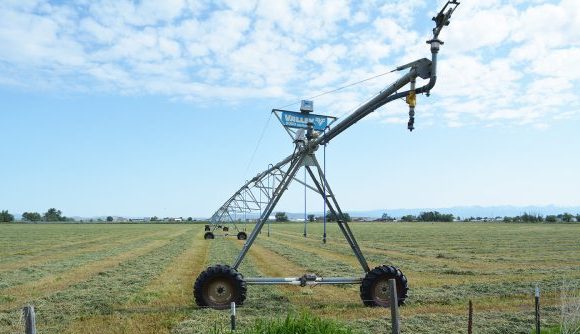It’s about health and wellness: Pork and pears are the national foods for October
Published 9:19 pm Wednesday, October 5, 2022

- Bloom
One of the joys of fall, besides the crisp fall air and the beautiful colors of the changing leaves, is the variety of foods that are available. Each season has its own specialties to recommend it.
With fall it is apples, pears and fall vegetables such as winter squash. October happens to also be National Pork Month and National Pear Month, two foods that pair well together.
Pork has been called “the Other White Meat” in advertising, with chicken claiming to be the first. Pears are in season, and at their ripest sweetness in the fall.
Though pork and pears taste good together, as well as on their own, taste is not the only thing to recommend them.
Pork is an excellent source of protein. According to healthline.com, a nutrition, health and weight-management website, pork contains varying amounts of fat. The proportion ranges from 10-16 percent, but can be higher depending on the level of trimming and other factors.
A 3.5 ounce serving of lean, cooked pork (the recommended serving size) contains approximately 245 calories. Pork contains B vitamins, iron, and zinc. Pork should be cooked to an internal temperature of 160 degrees. Eating raw or undercooked pork should be avoided.
Processed pork products such as lunch meats, bacon and ham also contain high levels of sodium.
Pork comes in many cuts such as pork chops, pork loin roast, pork ribs and ground pork. Pork can also be prepared many ways from grilling to roasting, and is best when it is not overcooked lest it dry out and become tough.
Pears are generally harvested in the fall, but are available in stores year-round. Oregon is a national pear producer. Pears come in several varieties including Bartlett, Comice, D’Anjou and Bosc.
When buying pears, look for fruit that is heavy for its size and neither blemished nor bruised. Fruit is ripe when it yields slightly at the stem. To hasten ripening, leave fruit out at room temperature for several days. Pears will last in the refrigerator for three to five days after they are ripe.
Pears are high in fiber and contain Vitamin C, which helps heal cuts and bruises and is good for gum health. They also contain Vitamin K, which helps with blood clotting. The fruit has potassium which supports muscle function and nervous system communication. Another mineral found in pears, copper, supports formation of healthy brain and nervous system function.
Low in calories (an average pear only contains 101 calories) pears are sodium- and fat-free.
The website newsletter, verywellfit.com states that consuming a diet high in fruits and vegetables, including pears, may help decrease the occurrence of certain diseases such as diabetes, heart disease and cancer.
Pears can be eaten raw as a snack or in salads, poached or roasted. Try roasting them with some winter squash, nestled next to a pork loin roast for a delicious fall meal.









